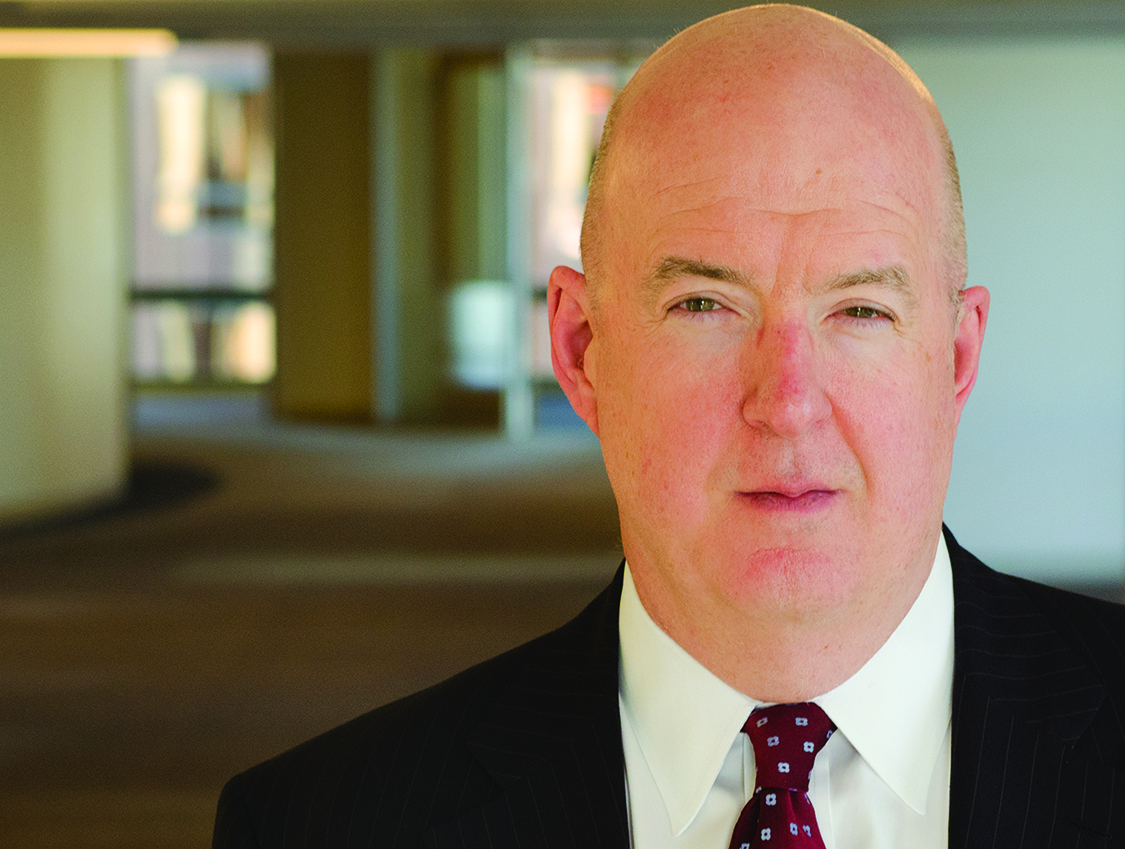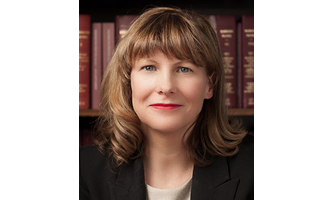Peder Batalden is our Latest Featured Speaker!
Our latest featured speaker is Peder Batalden from Horvitz & Levy!
Peder will be speaking at our upcoming 9th Circuit Court of Appeals Boot Camp: The Nuts and Bolts Webinar on September 26 & 28. He most recently spoke at our 8th Annual Advanced Appellate Practice Seminar in California and was praised by the attendees for his knowledge and insight. He also spoke at our 2021 9th Circuit Court of Appeals Boot Camp to rave reviews.
We’re excited to have you with us again, Peder!
Peder is a partner at Horvitz & Levy. He has successfully petitioned for review in the U.S. Supreme Court, and he has argued and won numerous appeals in the U.S. Courts of Appeals for the Ninth and Tenth Circuits. He routinely assists clients in responding to large money judgments, drawing upon a deep knowledge of federal jurisdiction and procedure to assist in staying enforcement of judgments and preparing post-trial motions so that issues for appeal are not lost.
Additionally, Peder is co-author of the leading treatise on civil appeals before the Ninth Circuit, the Rutter Group’s Ninth Circuit Civil Appellate Practice. Because Peder is speaking at our 9th Circuit program, along with co-author John Querio, the Rutter Group will give attendees at that program 40% off the Guide. Attendees will learn how to take advantage of this discount during the program.
He is also a past Chair of the State Bar of California’s Standing Committee on the Federal Courts, which works to enhance bench-bar relations and studies proposed changes to federal rules. He also routinely comments on proposed amendments to the Federal Rules of Appellate Procedure and to the Ninth Circuit rules.
Throughout his career, Peder has represented many significant companies, including AutoNation, Bank of America, Chevron, Ford Motor Company, Honeywell, Hospital Corporation of America, Lyft, Media News Group, The Sherwin-Williams Company, Newell Brands, Sempra Energy, TASER International, Travelers, and Toyota Motor Sales. He has also represented government entities and employees in federal civil rights actions; major medical providers in healthcare matters; and insurers in coverage actions.
Thank you for joining us again, Peder!





